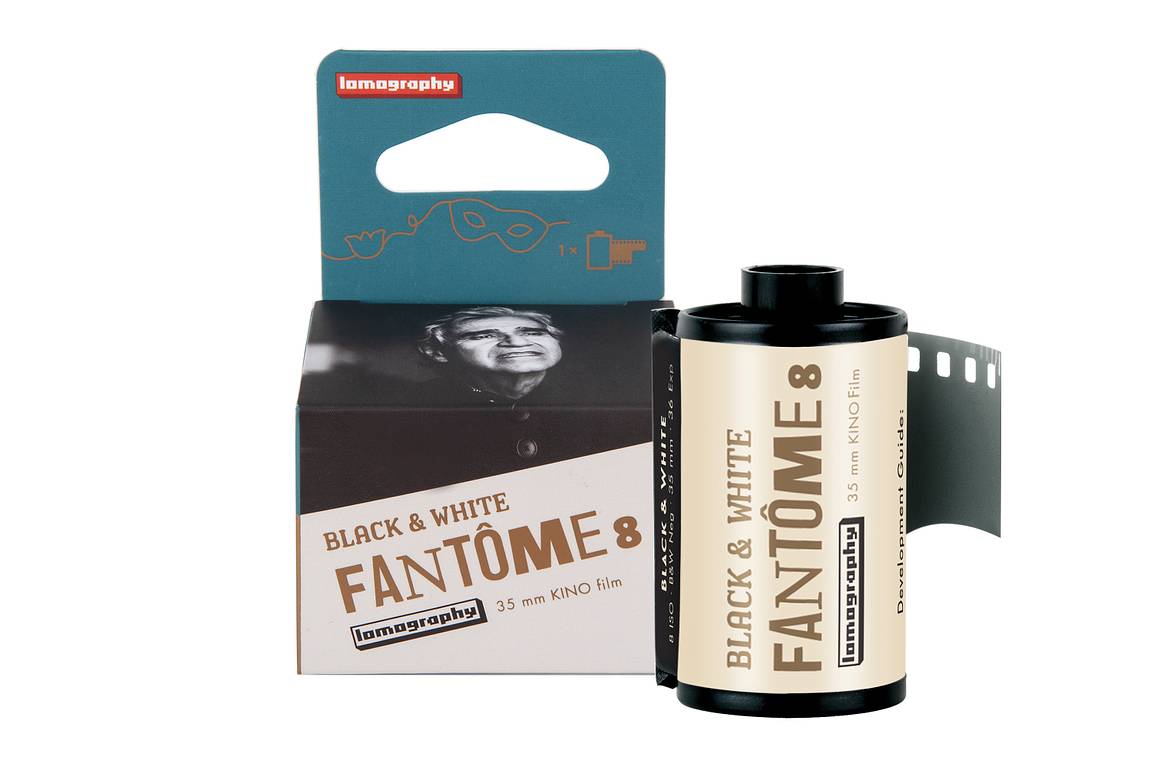A Glimpse Behind the Scenes – by Holger Nitschke
12 Share TweetThe Fantome Kino ISO 8 Film is a bit of a challenge, but also offers incredibly creative shooting possibilities. Holger Nitschke didn't miss the chance to pack the Fantome Kino film for a portrait and fashion shoot and in this article, he takes us with him, from packing his bag to the final print. So sit back and get inspired!

From the idea to packing the bag, how do you prepare a shoot? Did the characteristics of the Fantome Kino influence your planning?
I like to work spontaneously and improvise in between - only a rough direction is targeted, the rest comes up. Much of life is planned out, so I love the freedom such free/creative photoshoots bring. There is usually only a very rough mood board for my free work: I gather a few pictures and send them to the model.
Since I had worked with Fiene a few months before and knew how she looked in my pictures, I was able to sketch out a rough plan in my head. The mood board went in the direction of classic fashion&portrait images with an urban look. On the one hand, slightly "snottier" images with a backyard vibe and then a more chic, classy setting. Both Fiene and I (we ourselves have a large thrift fund) simply brought a pile of clothes to the meeting place - because of the yes unfortunately still prevailing pandemic, we met directly in the city and she had applied a light makeup herself. Changing and fitting then simply took place directly in the car or on an empty parking lot and the said backyard.

After the shoot it's off to the darkroom - how do you prepare a development? Do you have a secret tip for working in the darkroom?
Actually, after a shoot, I usually develop the films within the first 24 hours. I am always very excited about the results and the magic moment (where you take the film out of the developer can and you see the "negative" results for the first time). In contrast, importing digital images to the computer is really unexciting.
A small tip for handling: I try not to rewind the 35mm films completely, i.e. until they have disappeared completely into the film can, but only so far that a part of the film still peeks out. This way I can cut one end of the film in the light, which is a bit easier and safer because there is no "cracking" of the film can. Once I also cut myself on an opened, sharp-edged film can - which was not so nice in complete darkness.
As I have always done (so far), I used Kodak D76 for this development.
Then I scan the negatives first with my DigitaLIZA scan mask.
How do you decide which negative to make a print from?
After making contact prints, I pick a few favorites and just get started. Besides rather few portraits, they are often pictures with creative image composition, where you don't always have to recognize the model's face.
The first prints I usually make in the smaller 13x18 format to see how the images look on paper in reality. My top favorites I then expose on 24x30 or 30x40cm paper. I often experiment with old expired vintage papers for this purpose. When pulling the motifs from the "Fantome" shoot, I exposed on still almost perfectly functioning Argenta (RIP) paper from the 80s/90s in 13x18 format.
Many thanks to Holger for sharing his photographs and process with us! Check out his LomoHome, his Instagram Profile and his Website to see the whole series! Many thanks also to model Fiene from Modelwerk.
And if you now also feel like experimenting with low ISO values and want to soak your photos in the classic B&W look, you can find the Fantome Kino ISO 8 in our Online Shop.
written by alinaxeniatroniarsky on 2021-06-19 #gear #tutorials #fantome #holger-nitschke #modelwerk



























No Comments